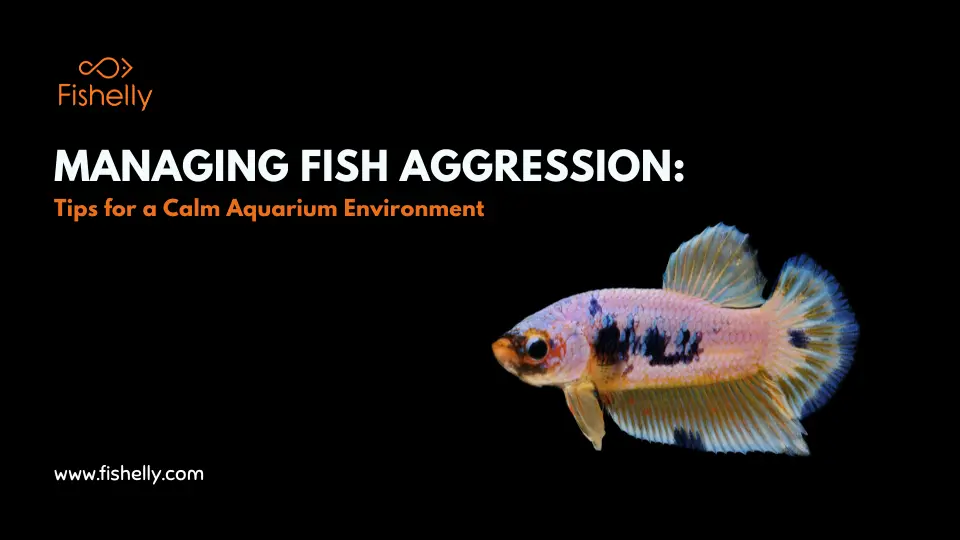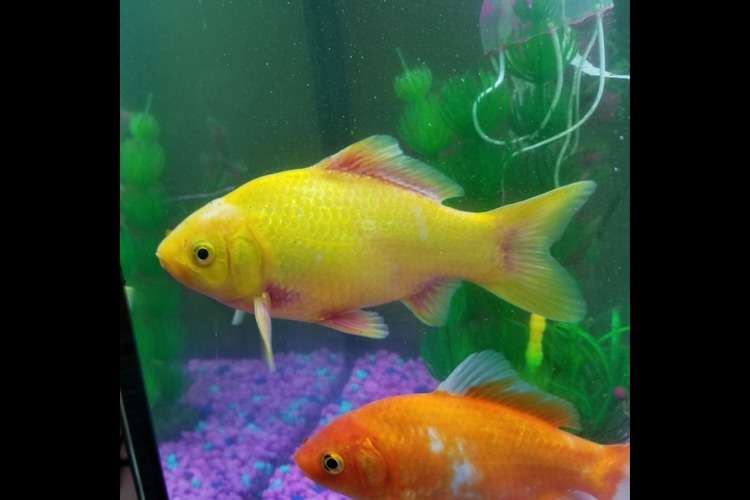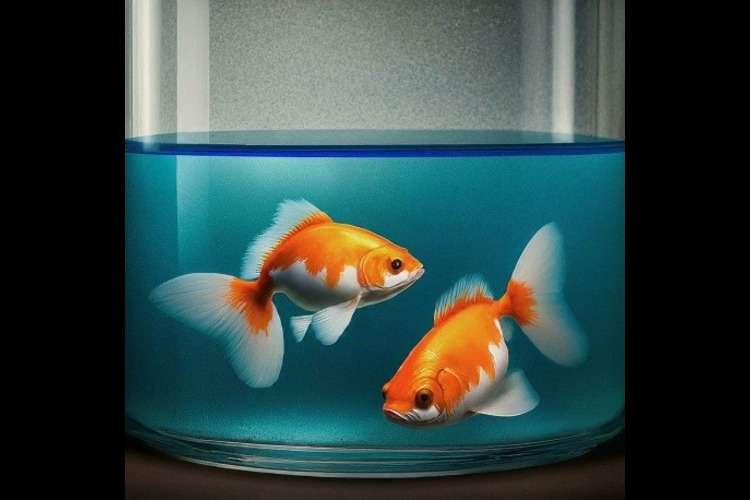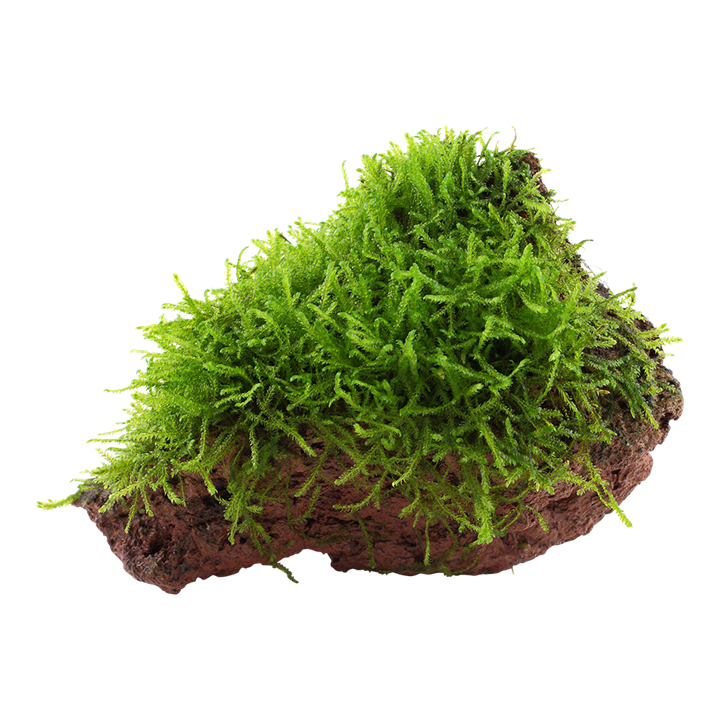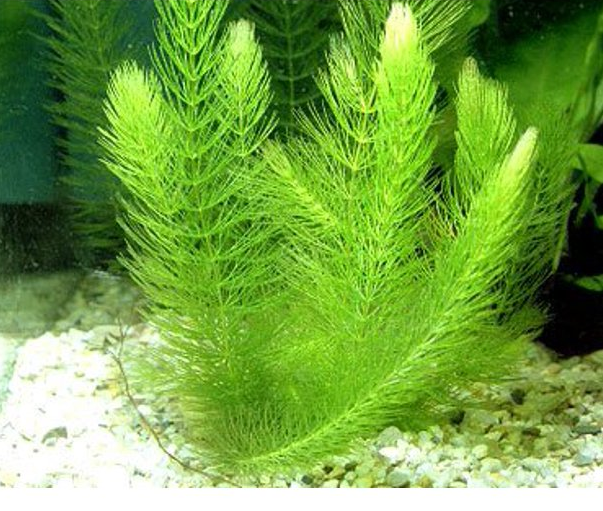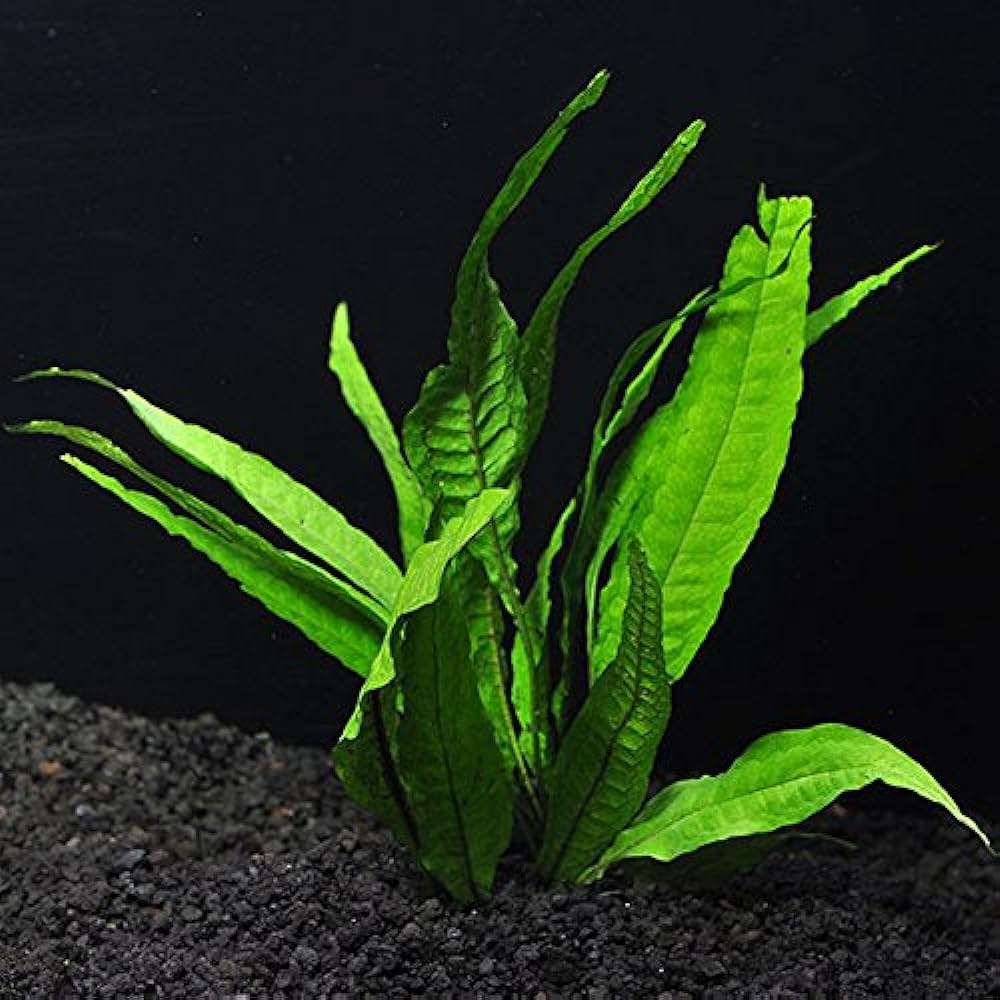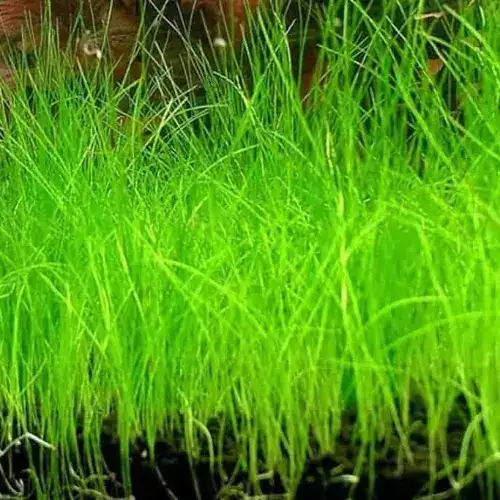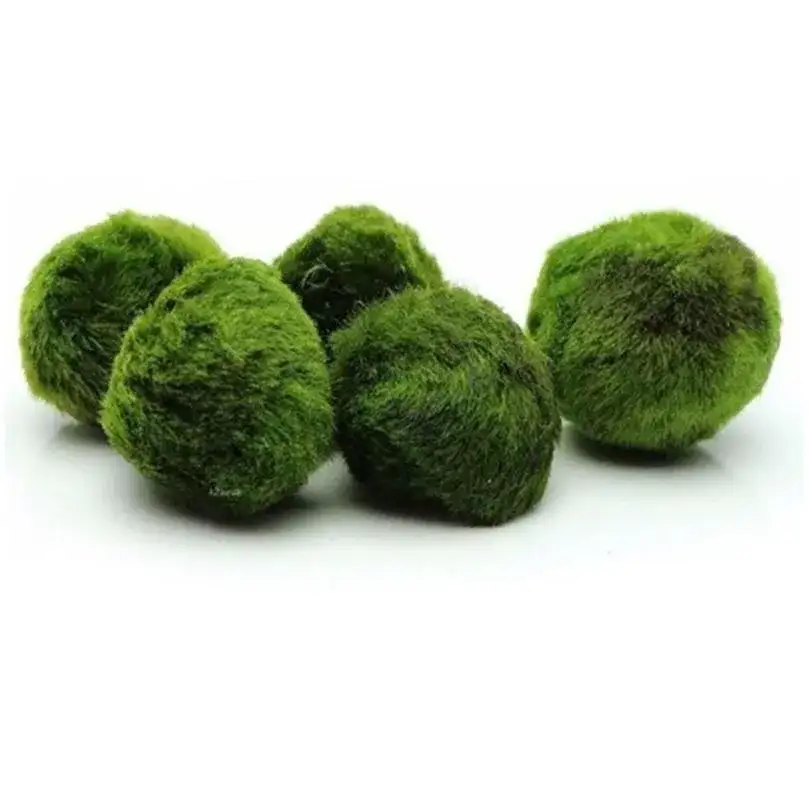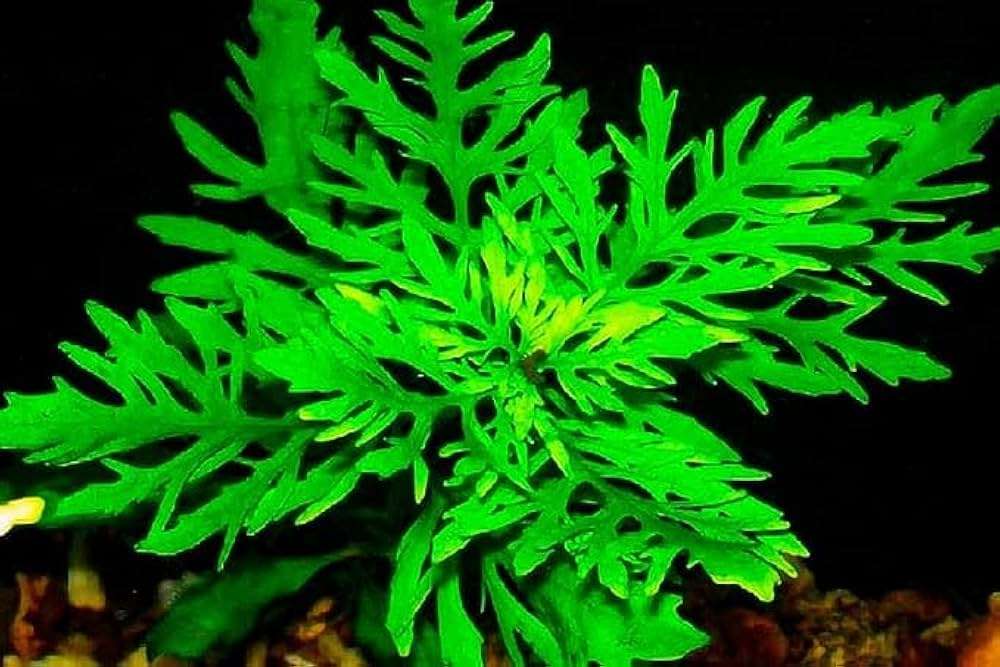Managing Fish Aggression: Tips for a Calm Aquarium Environment
Learn how to reduce fish aggression in your aquarium. Understand causes, recognize signs, and apply strategies for a peaceful tank environment.
Table of Contents
- Identify the Triggers for Aggression
- Recognize the Signs of Aggression
- Choose Compatible Species
- Provide Adequate Space and Hiding Spots
- Feed Regularly and in Appropriate Quantities
- Altering the Tank Layout
- Use Tank Dividers as the Last Resort
- Faq
- Conclusion
Aggression among aquarium fish poses a challenge to aquarists, resulting in unhealthful conditions for their pets and disrupting the ecosystem of the aquarium. Knowing when aggression starts, catching it early, and knowing the tricks that will help you maintain a smoothly functioning tank is instrumental in fish aggression management. The following should help you deal with aggression effectively.
Identify the Triggers for Aggression
Among those fish species, aggression can result from any number of following factors:
Territoriality: Some fish are territorial, and aggression is displayed while defending territory, especially in smaller tanks where space is limited.
Breeding: Increased aggression may be displayed during mating behavior to protect eggs or mates.
Competition for resources: Limited shelter, food, or mates may drive fish to engage in aggressive behavior.
Hierarchy: Certain species adopt pecking orders, where dominant species sometimes suppress the movements of other species.
These triggers can help you modify and create an environment less conducive to such activities.
Recognize the Signs of Aggression
Aggressive fish may inflict injury on others by:
· Chasing or attempting to nip the fins of other fish.
· Guarding specific areas of the tank.
· Exhibiting postures of threat, including flaring fins or puffing up.
· Taking on the role of defender to protect a territory.
Clearly recognizing these signs will prevent injuries from escalating and allow for the implementation of solutions before serious damage can be done.
Choose Compatible Species
Not all fish may be compatible companions in an aquarium environment. Some fish like cichlids and bettas are known aggressors and killers within their territories. Research the temperament of different species before you add new ones. Many peaceful fishes, including tetras, rasboras, and guppies, can live together well in community tanks, while others do better in single species conditions.
Provide Adequate Space and Hiding Spots
Overcrowding can trigger aggression, so it is worth ensuring that your tank is suitable for all of the fish you want to keep. Adding rocks, plants, and other decorations help break up the line of sight of fish and enables them to have their own spaces. These minimize stress and territorial disputes.
Feed Regularly and in Appropriate Quantities
Hungry fish tend to display aggression. Get into the habit of offering them food on set schedules, ensuring it is well distributed so that every fish will get its own share. Overfeeding causes water-quality deterioration that would result in stress for the fish, leading to increased aggression.
Altering the Tank Layout
If aggression is a persistent issue, try rearranging tank decorations and plants. This will disorient established territories and thus ensure a safer coexistence among fishes.
Use Tank Dividers as the Last Resort
If aggression persists, use tank dividers to separate particularly aggressive fish. This method has limited long-term benefits, but it will minimize the chance of further injuries and provide you time to determine what option- such as relocating the aggressive fish to a different tank-works best for your situation.
Faq
1. What causes fish aggression?
Fish aggression can be caused by territoriality, breeding behavior, competition for resources, and social hierarchy.
2. How can I tell if my fish are aggressive?
Signs include chasing, fin-nipping, guarding areas, flaring fins, and visible injuries.
3. Which fish species are aggressive?
Species like cichlids, bettas, and gouramis are often aggressive.
4. How can I prevent aggression?
Provide enough space, hiding spots, regular feeding, and rearrange the tank layout.
5. Can I keep aggressive and peaceful fish together?
Yes, but ensure compatibility and provide enough space and hiding areas.
6. What should I do if a fish keeps attacking others?
Use a tank divider or consider moving the aggressive fish to a separate tank.
7. How does feeding influence aggression?
Regular feeding reduces hunger-induced aggression. Avoid overfeeding to maintain water quality.
8. How does tank layout help with aggression?
A well-organized tank with hiding spots reduces territorial disputes.
9. Are tank dividers a permanent solution?
No, dividers are temporary; long-term solutions require adjusting tank conditions.
10. Can aggression be fully eliminated?
Aggression can't be fully eliminated but can be minimized with proper management.
Conclusion
Fish aggression is natural, but man's management can be impacted by understanding, planning, and monitoring. The combination of the right species, space for swimming, and their basic needs being met would result in an extremely calm and balanced aquarium. Having a close watch on your fish's behavior and making adjustments will provide healthy tanks for other fish in the enjoyable experience.
